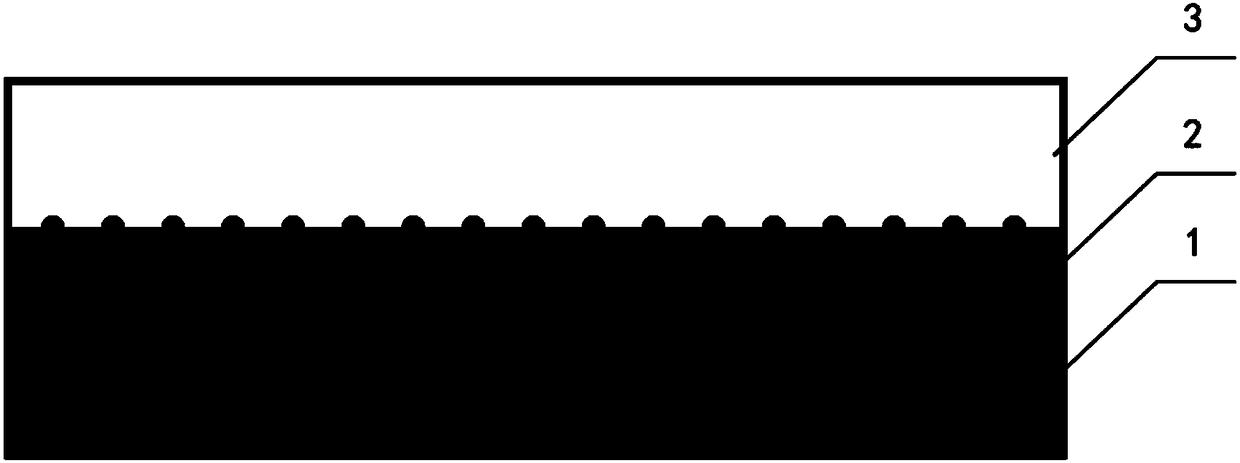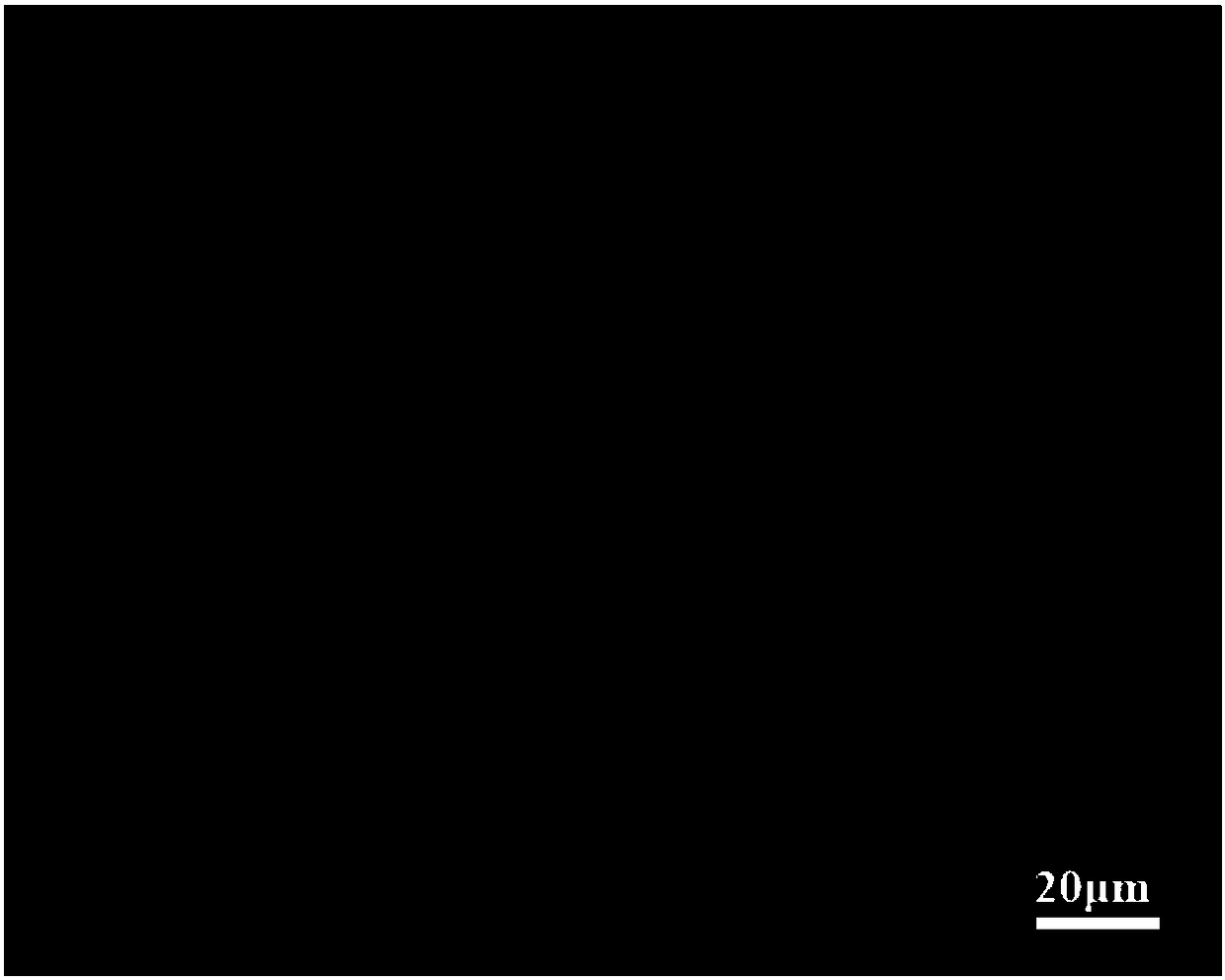Building method of friction surface of ceramic layer of porous structure
A technology of porous structure and friction surface, applied in ceramic products, coatings, household appliances, etc., can solve the problem of poor wear resistance of mechanical parts surface, and achieve the effect of improving wear resistance.
- Summary
- Abstract
- Description
- Claims
- Application Information
AI Technical Summary
Problems solved by technology
Method used
Image
Examples
Embodiment 1
[0027] Such as figure 2 As shown, the construction of the friction surface is carried out according to the following steps.
[0028] (1) Substrate pretreatment: 45# steel substrate 1 was ultrasonically cleaned with acetone / petroleum ether and absolute ethanol in sequence to remove surface oil stains, and dried with nitrogen.
[0029] (2) Preparation of porous structure ceramic raw material:
[0030] a. Weigh SiC powder, sintering aids, absolute ethanol according to the mass ratio of 100:5:10, wherein the sintering aids albite powder, Si powder, Al 2 o 3 The powder mass ratio is 2:1:1. Wherein, the particle size of the SiC powder is 0.2-1 μm, and the particle size of the sintering aid powder is 0.5-1 μm.
[0031] b. Mix the mixed raw materials in step a by ball milling in a nylon ball mill tank. The ball material is SiC. After 10 hours of ball milling, add PVB ethanol solution with a mass concentration of 5%, and continue ball milling for 1 hour. Wherein, the mass of the ...
Embodiment 2
[0039] The difference between this embodiment and embodiment 1 lies in that in step a, the mass ratio of SiC:sintering aid is 100:10, and the particle size of SiC powder is 2-8 μm. The quality of the PMMA micropowder is 30% of that of the SiC powder in step d. In step (4), the thickness of the metal solder powder layer is 40 μm, and the thickness of the original powder layer of the porous structure ceramic is 100 μm. In step (5), the laser power is 20W. The other steps are the same as in Example 1, and the apparent porosity of the frictional surface functional structural layer is 37.6%, the compressive strength is 73MPa, and the wear resistance is more than 11 times higher than that of the metal matrix.
Embodiment 3
[0041]The difference between this embodiment and embodiment 1 lies in that in step a, the mass ratio of SiC:sintering aid is 100:15, and the particle size of SiC powder is 10-20 μm. The quality of the PMMA micropowder is 40% of that of the SiC powder in step d. In step (4), the thickness of the metal solder powder layer is 80 μm, and the thickness of the original powder layer of the porous structure ceramic is 160 μm. In step (5), the laser power is 25W. The other steps are the same as in Example 1, and the apparent porosity of the frictional surface functional structural layer is 45.8%, the compressive strength is 67MPa, and the wear resistance is more than 9 times higher than that of the metal matrix.
[0042] Such as figure 1 Shown, the friction surface with porous structure ceramic layer prepared by the method of the present invention comprises substrate 1, connection layer 2 and functional structure layer 3, substrate 1 is steel, connection layer 2 is metal solder, and ...
PUM
| Property | Measurement | Unit |
|---|---|---|
| melting point | aaaaa | aaaaa |
| particle diameter | aaaaa | aaaaa |
| particle diameter | aaaaa | aaaaa |
Abstract
Description
Claims
Application Information
 Login to View More
Login to View More - R&D
- Intellectual Property
- Life Sciences
- Materials
- Tech Scout
- Unparalleled Data Quality
- Higher Quality Content
- 60% Fewer Hallucinations
Browse by: Latest US Patents, China's latest patents, Technical Efficacy Thesaurus, Application Domain, Technology Topic, Popular Technical Reports.
© 2025 PatSnap. All rights reserved.Legal|Privacy policy|Modern Slavery Act Transparency Statement|Sitemap|About US| Contact US: help@patsnap.com



